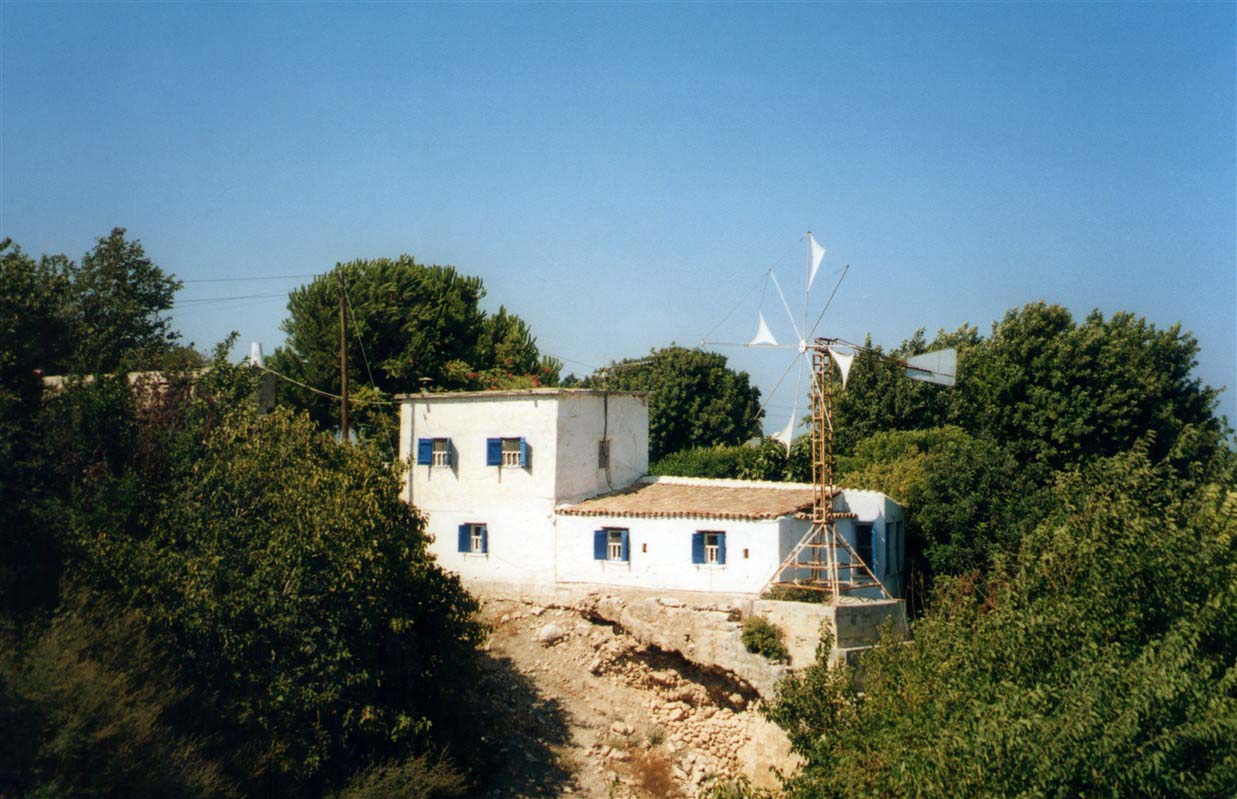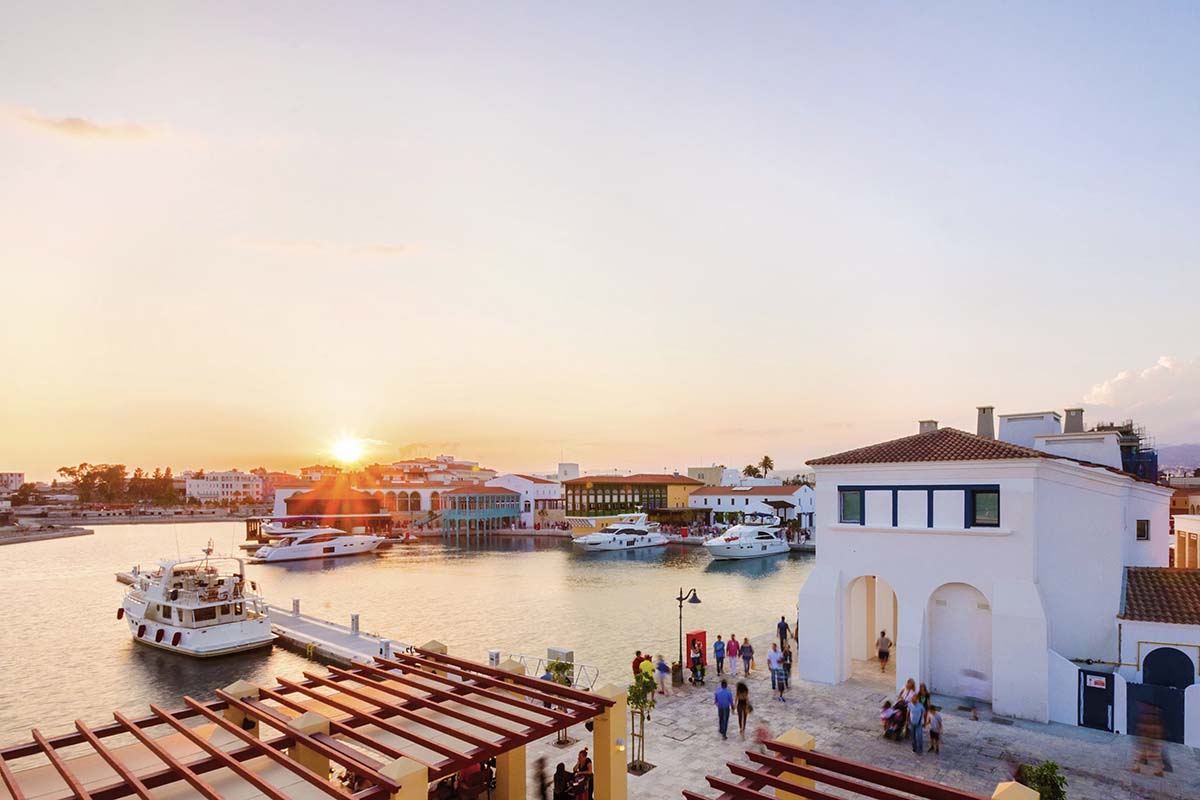Welcome to our Cyprus travel guide, about an island torn between sky and sea, between Europe and Asia, between beaches and culture, between the past and the present. Let's start with the history: the Greeks, the Romans, the Byzantines, the Arabs, the Franks, the Venetians, the Ottomans and the British all passed through and left their mark, much to the good fortune of any culturally inclined visitor. The abbey of Bellapaïs with its intricate stone carvings is one of the most beautiful legacies of the Franks; while the church Panagia Angeloktisi (which means ‘built by the angels’) was built in the tenth century on the site of an early Christian basilica from the fifth century after the reconquest of the island by the Byzantines.
look out particularly for the remains of a sublime mosaic. The fabulous site of Kourion, inhabited by Egyptians, Assyrians, Persians and Romans, will doubtless be a highlight of any visit, while other must-visits include the charming little port of Kyrenia with its Byzantine castle and the frescoes of the Orthodox church of Asinou. In Agia Napa, pass by the foundations of a monastery dating from the sixteenth century on your way to the crystal clear water of the Mediterranean, and at Petra tou Romiou, see the famous sea stack that marks the birthplace of Aphrodite, the goddess of love, who – appropriately enough - chose one of the loveliest spots on the island to be born. And don’t forget the cities, from the divided capital city of Nicosia - half Turkish, half Greek – or Larnaca with its city beach, and the Roman villas of UNESCO-listed Paphos. One of these cities is bound to be your entry point and if you have the time all are worth a visit. That’s a pretty comprehensive list of the island’s highlights, but what will likely be the most magic moments on your holiday won’t feature in any Cyprus travel guide: the smiles of the Cypriots you meet, the beauty of the setting sun, and the flavour of a supremely fresh salad washed down with a dash of olive oil.
A few suggestions to get the holiday planning process started
Contact one of our Cyprus specialists










